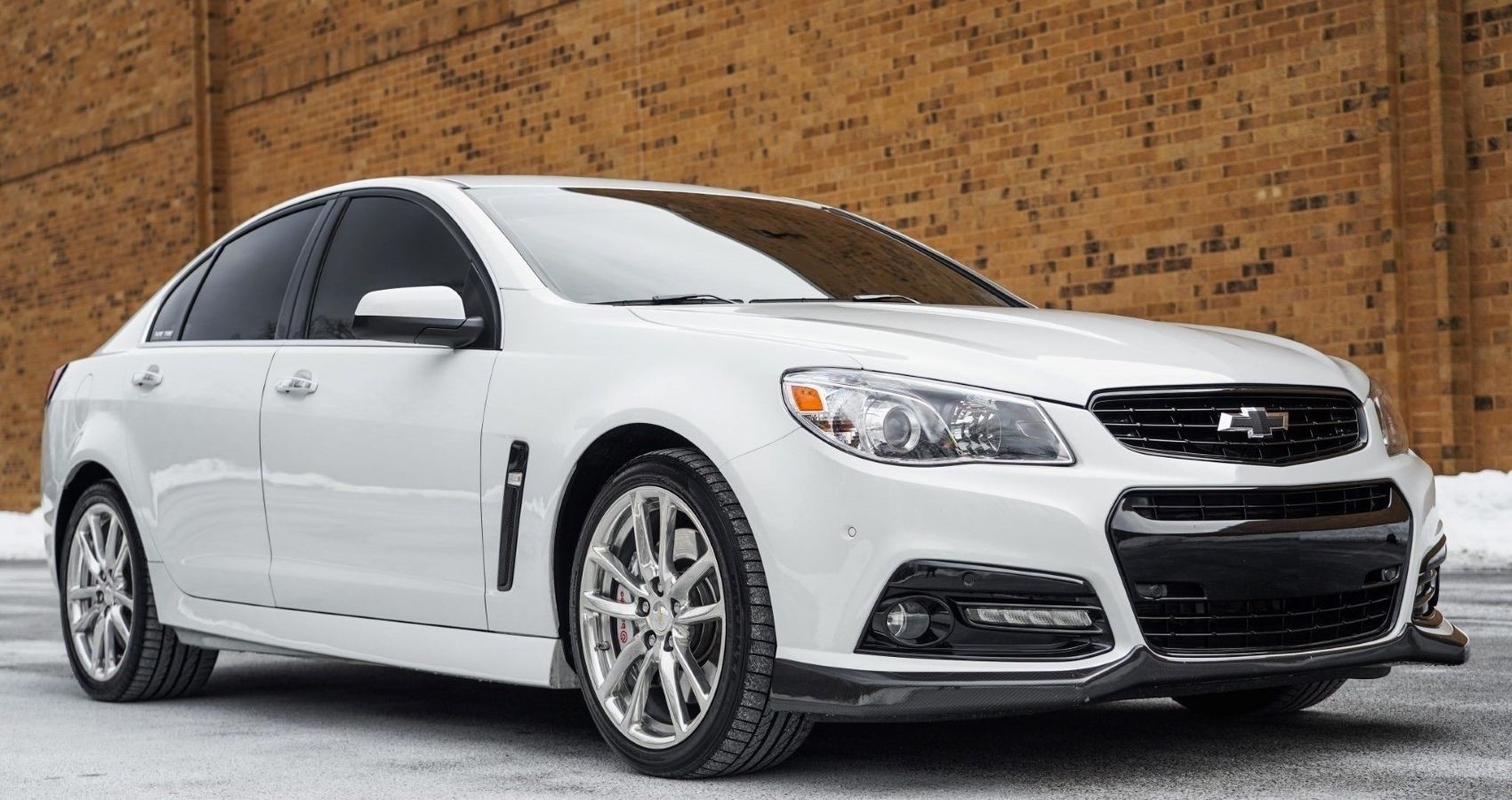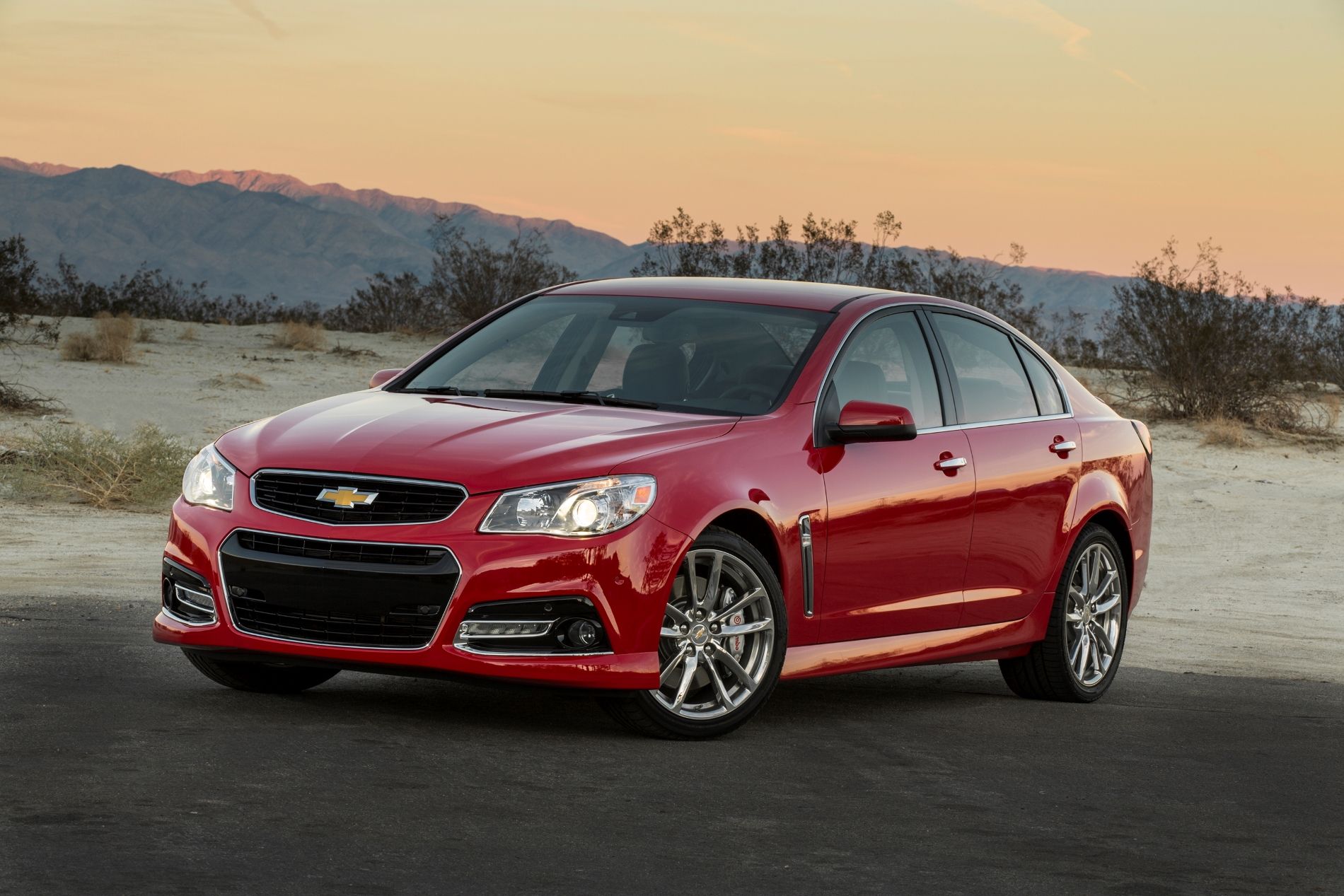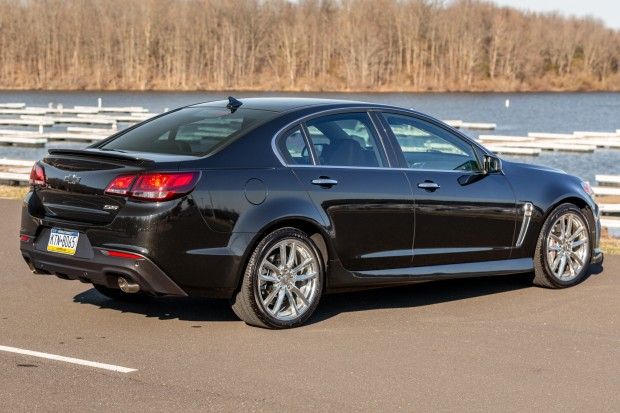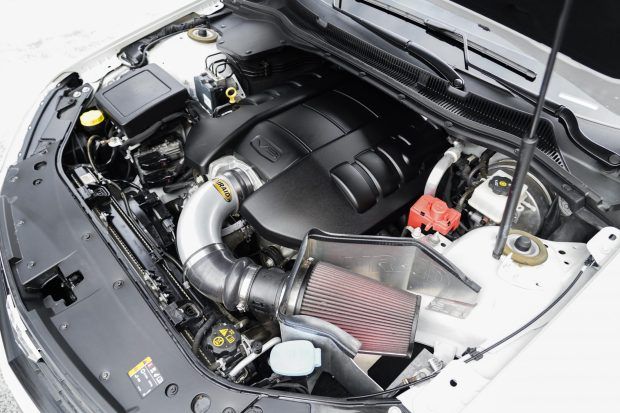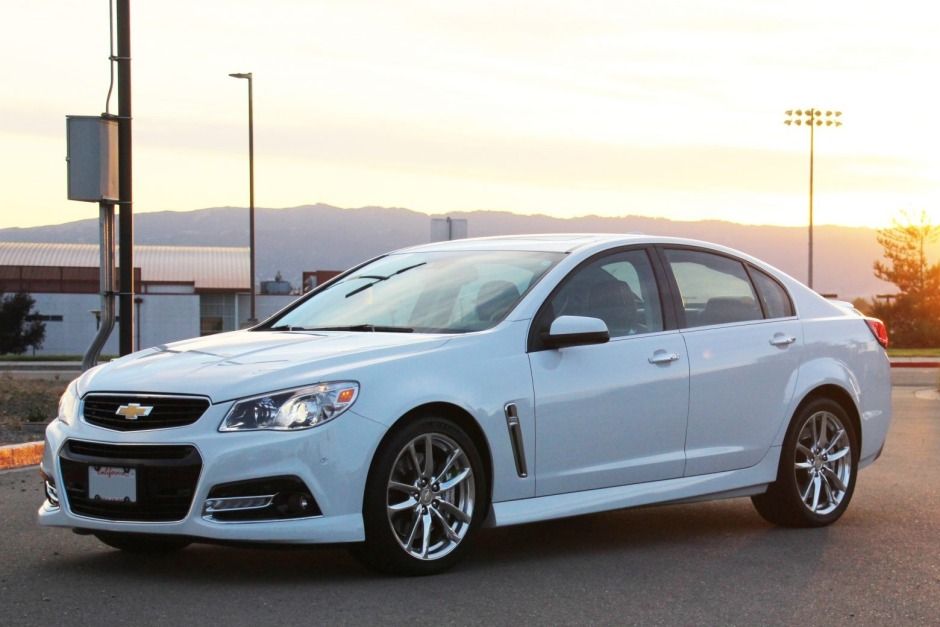PSA! The American V8-powered, rear-wheel-drive sedan is going out of style. We could say we saw it coming ever since the dawn of the SUV age in the early 2000s, but whether its death was foreseen or not, seeing fewer of these American staples on the road saddens the enthusiast community.
With that being said, there was one American sports sedan in recent years that both garnered a ton of deserved hype and marked the beginning of the end for the segment of cars it belongs to. We are talking, of course, about the Chevrolet SS.
As an LS3-powered, 6-speed manual, rear-drive bulldog of a machine, the SS took a hard-parked stance in the middle of what has become a German game - the sports sedan. But instead of taking the popular formula of twin-turbos, AWD, and automatic gearboxes, the SS used old-school methods and promptly beat the crap out of the Germans in comparison tests.
Everything from chassis balance to the torque curve and steering was made to near perfection in the factory. So, let's dive a little deeper, shall we?
The SS's Place In The Playing Field
For years, the sports sedan segment was dominated by BMW. A company that made its name by putting smooth engines in a long-wheelbase sedan and selling them for premium prices. Of course, there was some genius engineering in between, but you get the point.
BMW and German rival Mercedes duked it out for decades with overpowered and overpriced sedans before the American's even arrived at the party. The two German automakers were in a horsepower war of their own and still are to this day. A current BMW M5 and Mercedes E63 AMG make more than 600 hp and continue to stray further away from their respective golden era of engineering in the '80s.
But the American's - especially Chevy - realized they could steal some of the German purists away from BMW and Mercedes. They could build a new car that resembled the older German sports sedans in terms of experience and performance. So, Chevy went to work.
Australian Roots
The Australian subsidiary of GM, also known as Holden, had a long-running nameplate known as the Commodore that debuted way back in the late '70s and just ended production a few years ago. In 2014, the Commodore was a mid-sized sedan with a V8 (because the Aussies know how to get down), and Chevy realized they could mold it into America's next top model.
The Holden Commodore became the Chevy SS that same year, but it arrived in the States with some key changes that warrant it all the praise you can spare. 4-piston fixed calipers in the back and 4-piston Brembos upfront, as well as a new electric power steering tune, dual-mode exhaust, an intake resonance tube, and a whole bunch of suspension goodies like new swap bars, springs rates, and magnetic dampers, were slapped on the SS.
All of these changes to GM's Zeta platform wound up turning the SS into one of the world's best-driving automobiles. The steering felt natural despite being electrically assisted, the chassis tuning was comfortable but controlled when driving hard, and the manual transmission gave it that X-factor of engagement that put it completely over the top.
Performance Of The Chevrolet SS
The SS used GM's 6.2-liter LS3 V8, making 415 hp and 415 lb-ft of torque. Connected to that LS3 was a TREMEC TR6060 6-speed manual transmission, putting the SS in a league of its own in the US. Seven years ago, this Malibu-looking Chevy was the only V8-powered manual transmission sedan you could buy in the United States. It remained that way for years until just recently when the Cadillac CT5-V Blackwing was announced with a V8-manual combination.
Early models like the 2014 and '15 could get from zero to 60 mph in 4.8 seconds while the later models (2017) could get there in a slightly quicker 4.7 seconds. A quarter-mile run in the SS would take 13.2 seconds at an exit speed of around 108 mph, according to MotorTrend's period tests.
But what really matters is the experience. The SS' defining attribute is unquestionably its powertrain and chassis tuning. The combination of an LS V8 and a positive engagement manual gearbox is amazing on its own, but add the updated GM Zeta platform, and you will never want to stop driving.
The SS truly has an old soul, though. It had a pushrod V8 of whom's roots date back to the '60s, and a TREMEC 6-speed that hotrodders use on their classics all the time. But if you know anything about sports sedans, you'd be thankful that the SS doesn't have a 4.0-liter twin-turbo'd V8 with an automatic like all the modern German stuff.
And if you think the SS' big 6.2 liter doesn't rev like a German motor, you would be mistaken a second time. The LS3's redline starts at 6,000 rpm but doesn't hit the rev limiter until 6600. And it doesn't stop making power at any point above that redline. The SS's engine provides the driver with the range of a smaller motor but pulls and sounds like a big fat American V8.
And lastly, we can harp about the sedate Holden styling of the Chevy SS, but we won't because taking the time to look back at the greatest sports sedans in history will quickly tell you that a sober and unassuming design makes this type of car all the more exciting. The SS' casual dress code feeds into its sleeper mentality and secret speed that no one ever sees coming until you downshift.
Since the SS/Commodore has gone out of production along with the Holden brand entirely, the United States has only debuted one spiritual successor to the SS, the Cadillac CT5-V Blackwing. But, being a Cadillac means you have a big price tag, and the Blackwing is no exception with its $87,000 base price. The SS cost nearly half of what the Blackwing does, putting the American manual sports sedan dream farther out of reach.

